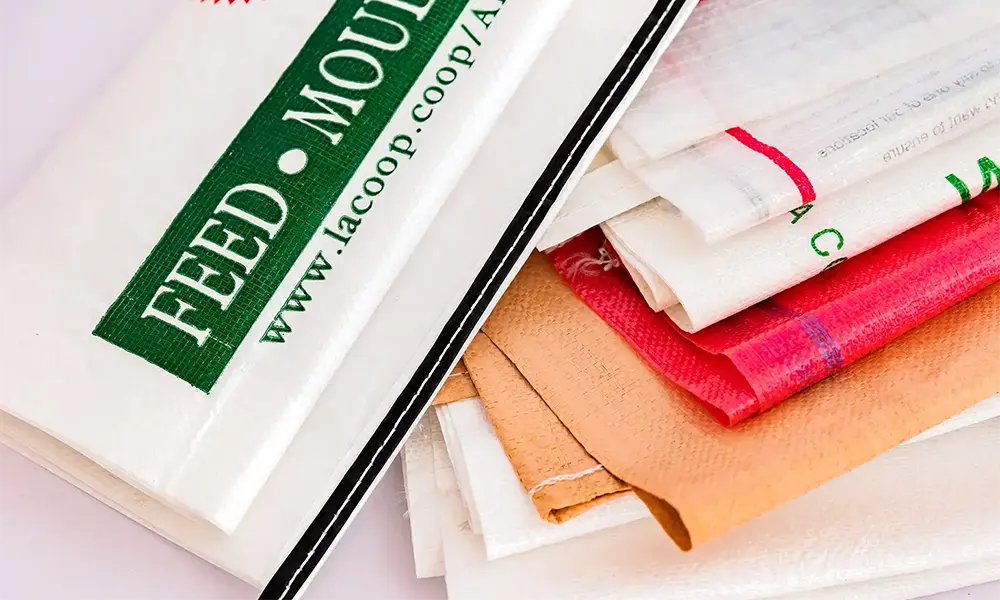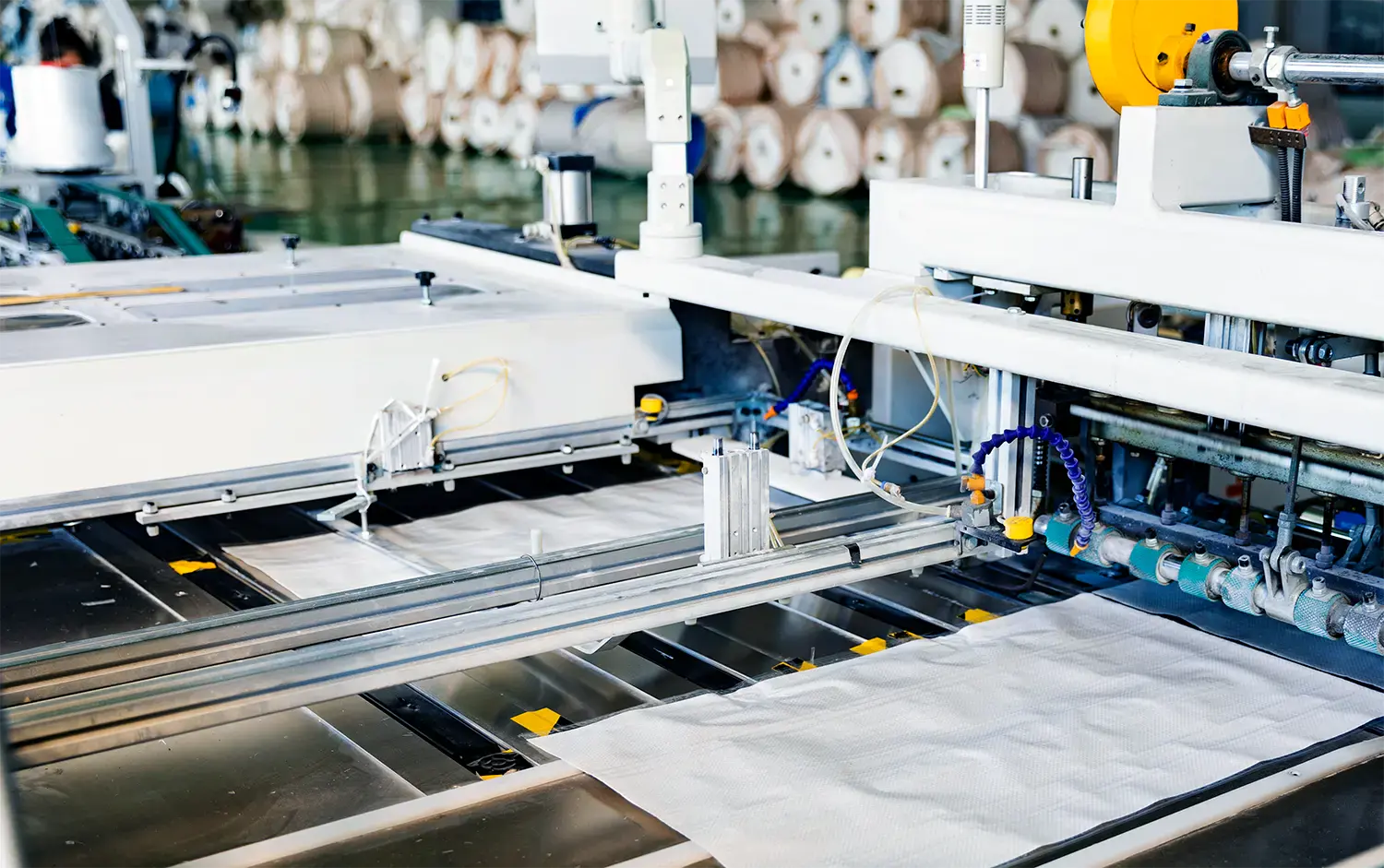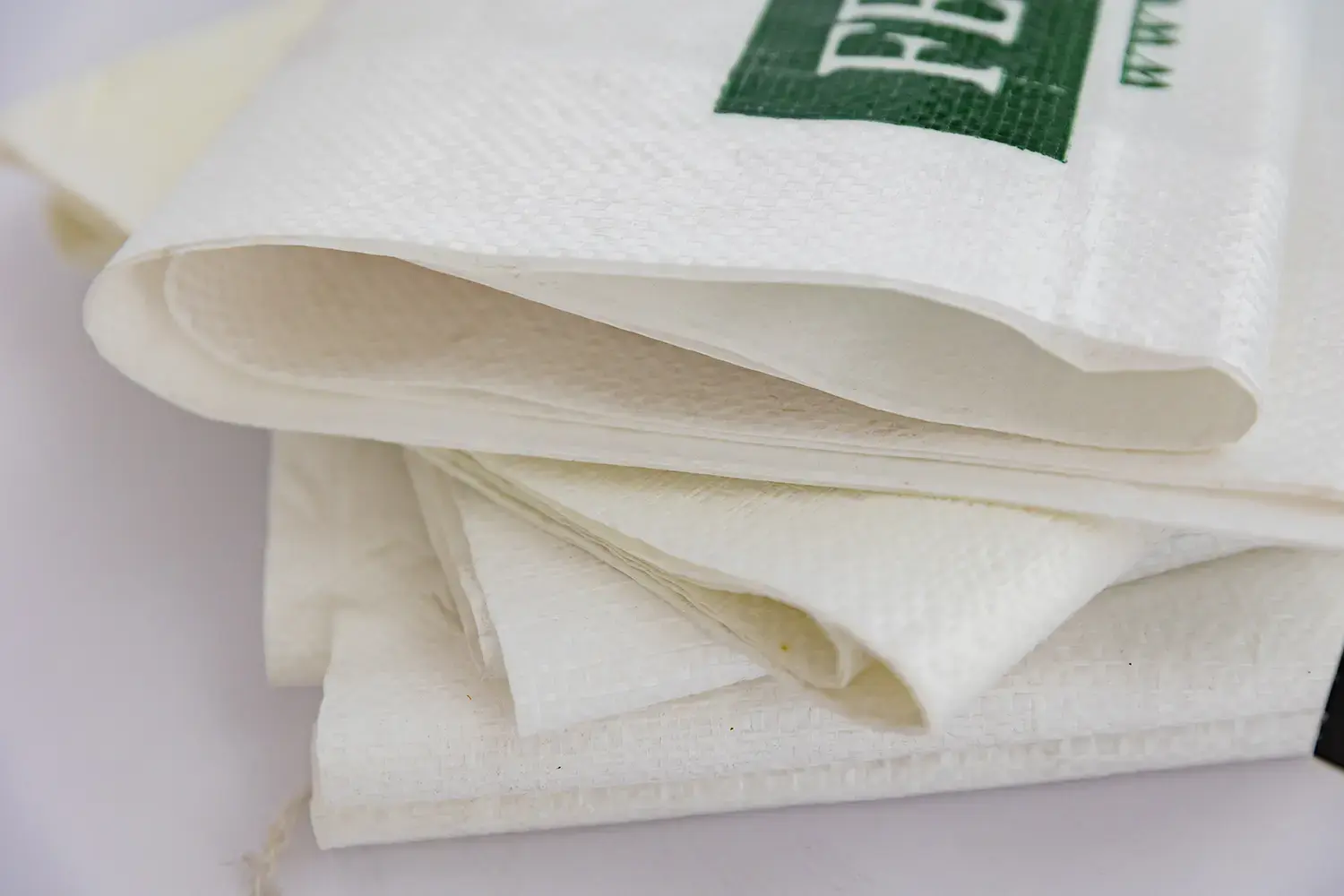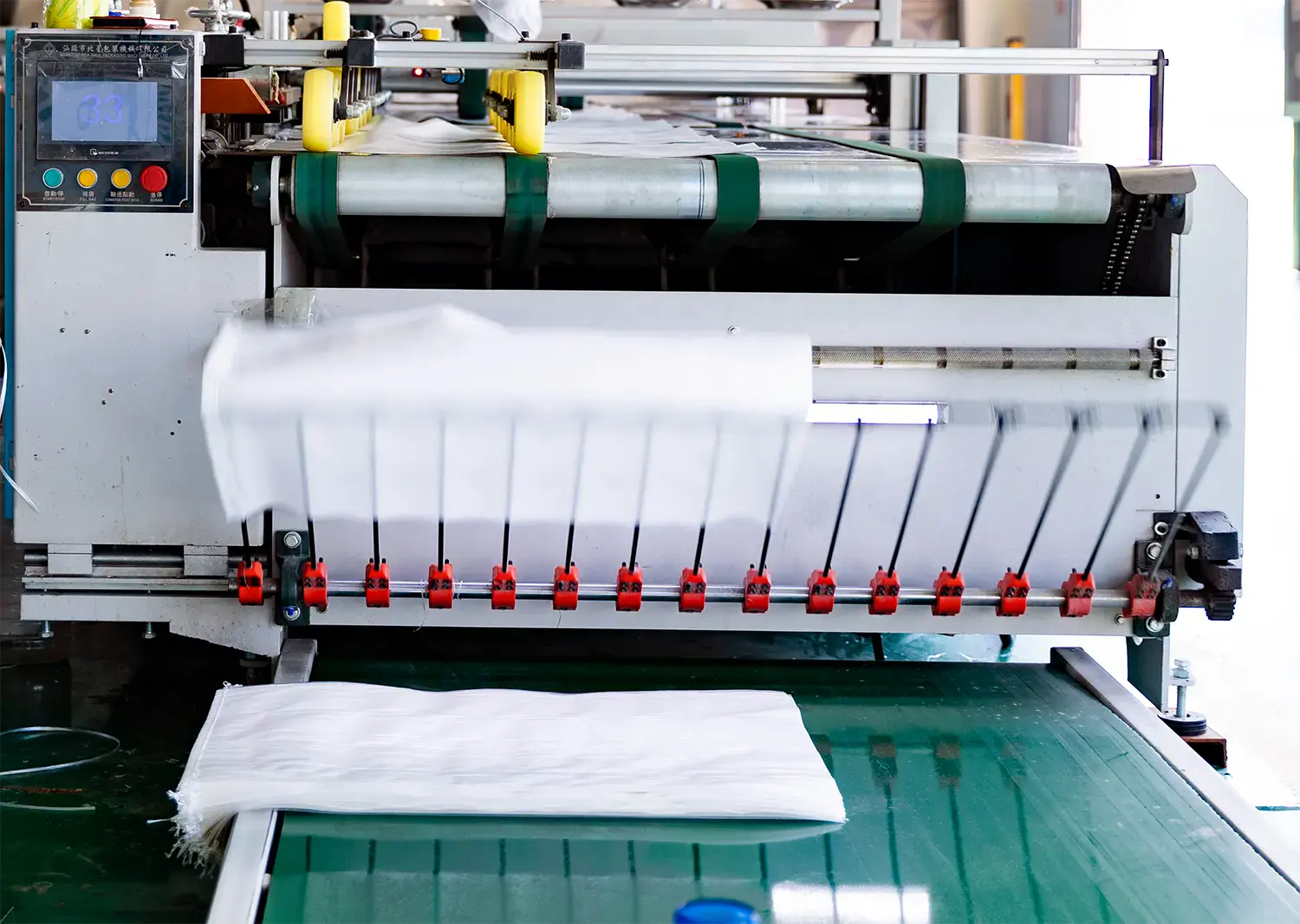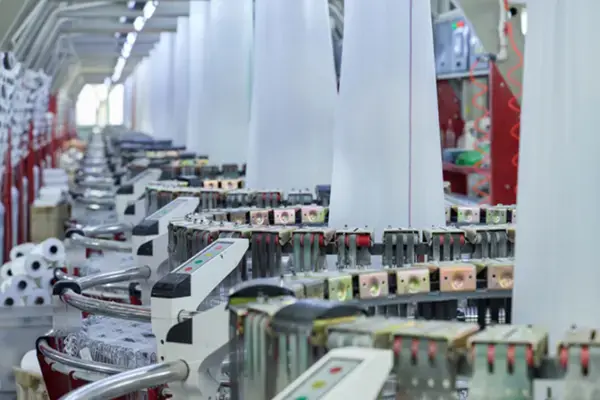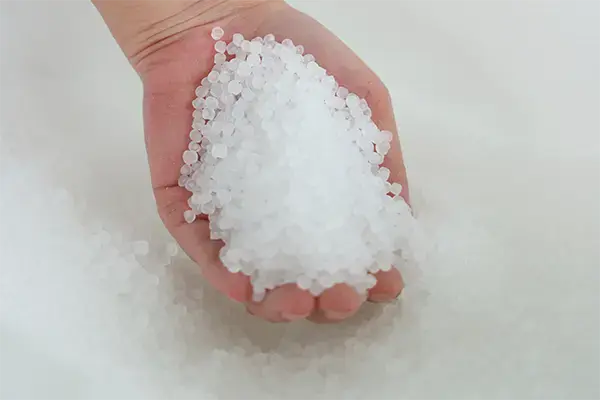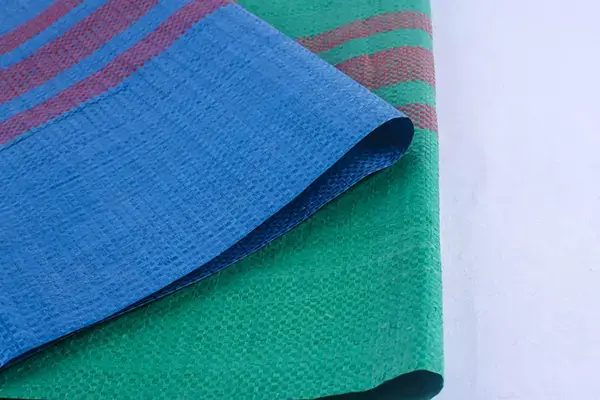Recent Post
- The production process of pp woven bags
- What are the common characteristics of pp woven b…
- New national standard for woven bags
- Types and uses of woven bags
- What printing methods and printing steps are used…
- What are the uses of plastic pp woven bags?
- Anti-ageing woven bags and anti-ageing woven bags…
- The process of laminated woven bags




